
In today’s hybrid work world, it’s easy to get caught up in a never-ending cycle of meetings. But what if there was a way to reduce the number of meetings you have while still staying connected with your team?
That’s where Watch and Learn comes in. Watch and Learn is a video messaging platform that allows you to communicate asynchronously. This means that you can send and receive videos that can be watched at any time, on any device.
There are a number of benefits to using Watch and Learn for asynchronous video communication. First, it can help you save time. Instead of having to schedule a meeting, you can simply record a video message and send it to the people you need to reach. This can free up your time so you can focus on deep work.
Second, asynchronous video communication can help you improve communication. When you send a video message, you can be more concise and to the point. You can also use visuals to help explain your ideas. This can lead to better understanding and collaboration.
Third, asynchronous video communication can help you build relationships. When you send a video message, you’re able to connect with people on a more personal level. You can see their facial expressions and hear their tone of voice, which can help you build rapport.
So, if you’re looking for a way to reduce the number of meetings you have while still staying connected with your team, Watch and Learn is a great option. It’s a flexible and efficient way to communicate that can help you save time, improve communication, and build relationships.
Here are some specific examples of how Watch and Learn can be used for asynchronous video communication:
Company-wide communication: Instead of having a weekly all-hands meeting, you can record a video message that summarizes the company’s progress and goals. This way, everyone can watch the video at their own convenience and ask questions later.
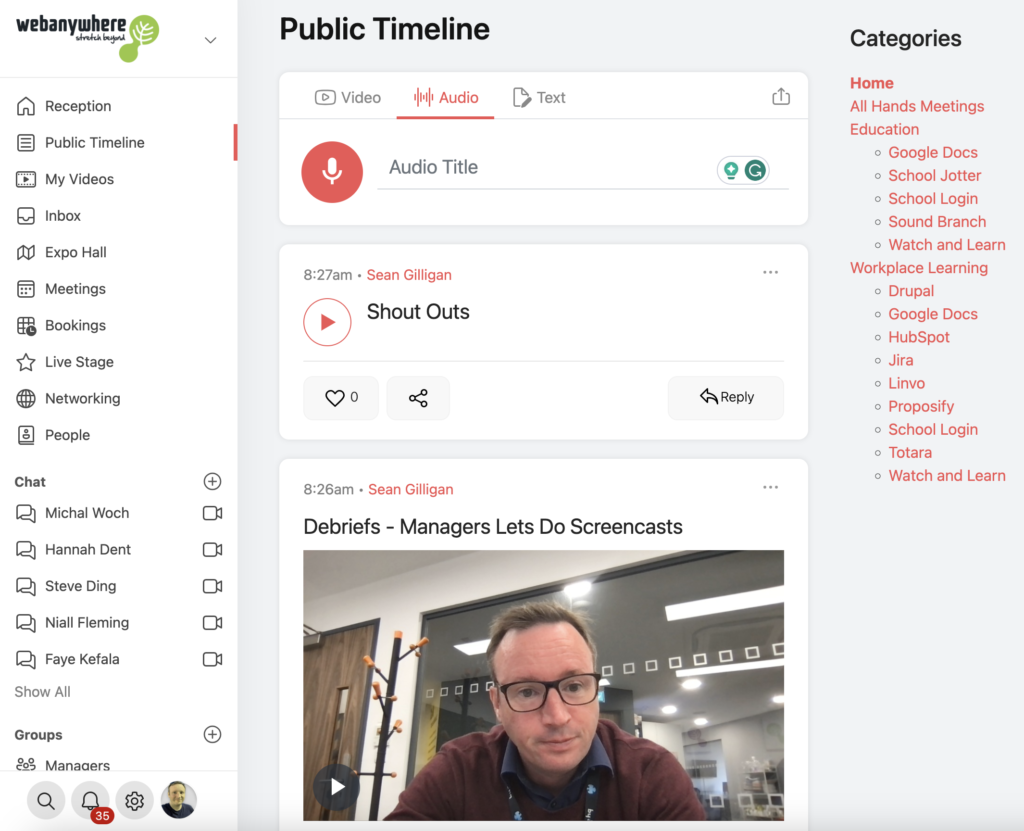
Stand-ups: Instead of having daily stand-ups, you can have team members record short video updates about their work. This way, everyone can stay up-to-date on what’s going on without having to interrupt their work.
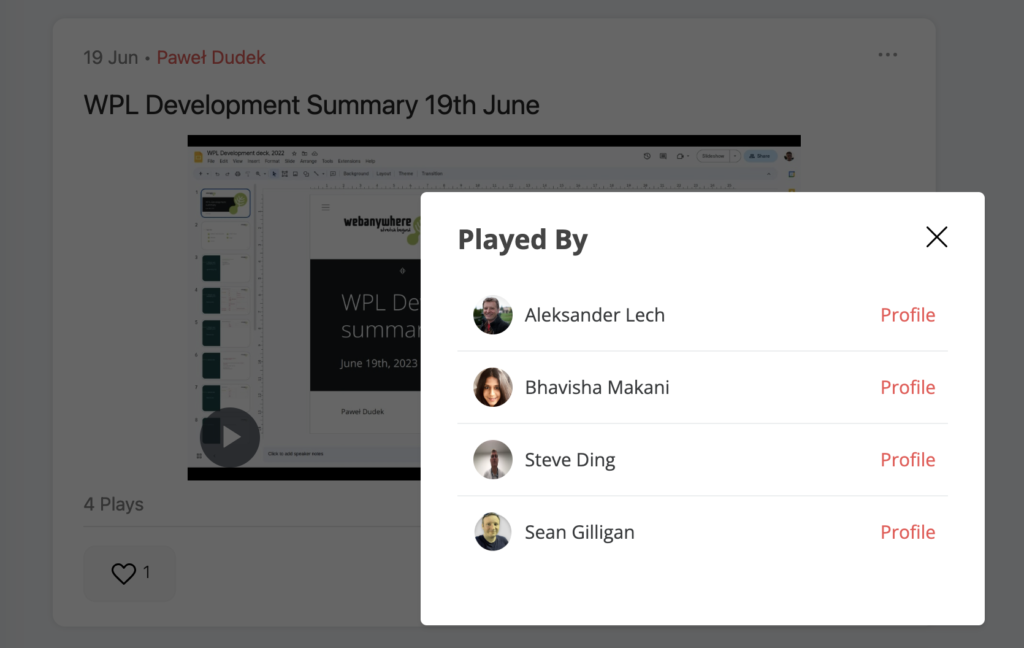
Onboarding: Instead of having a long onboarding session, you can record a series of video tutorials that new employees can watch at their own pace. This way, they can learn about the company and their role at their own convenience.
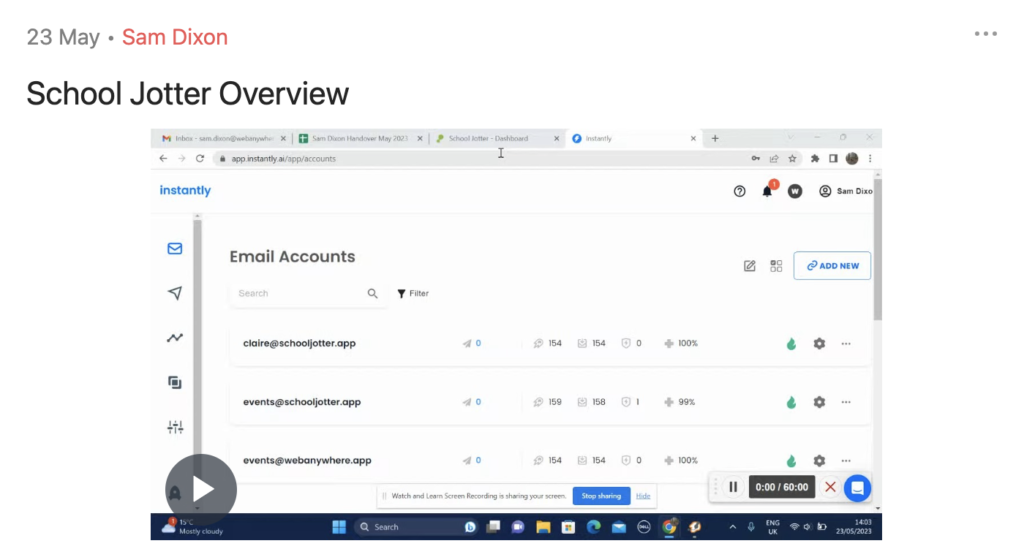
Demos: Instead of having to schedule a meeting with a customer, you can record a video demo of your product. This way, the customer can watch the demo at their own convenience and ask questions later.
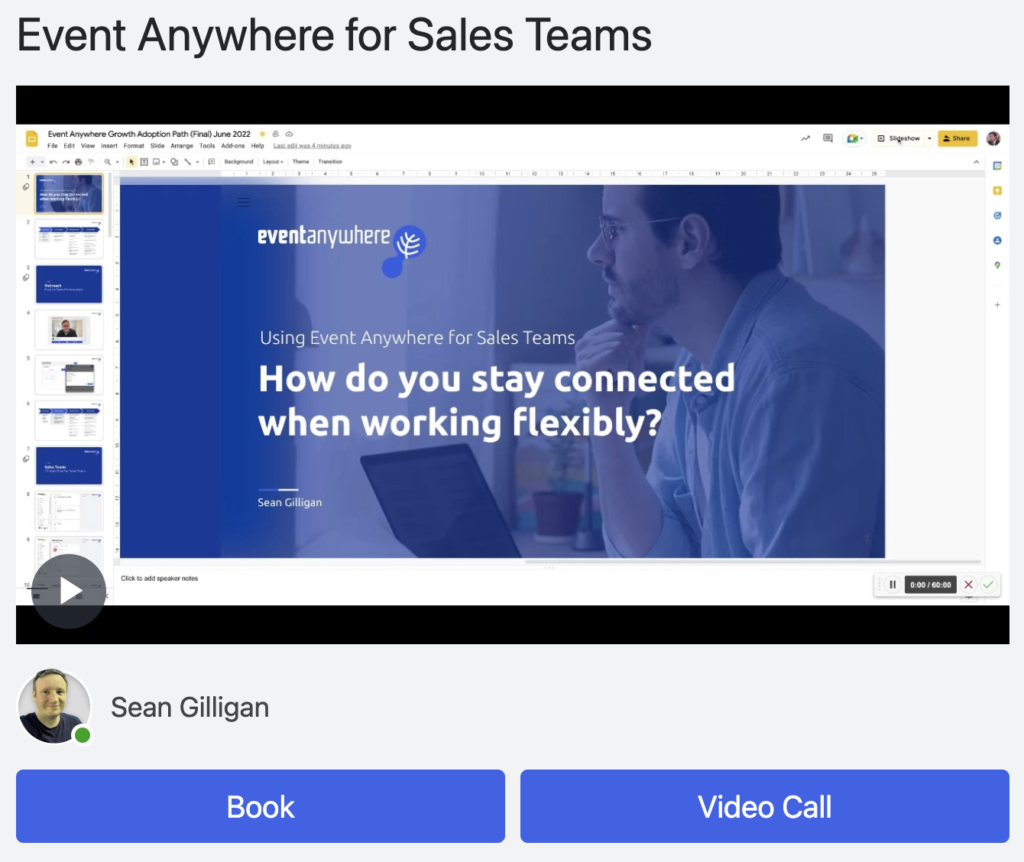
Customer support: Instead of having to answer the same questions over and over again, you can create a library of video tutorials that show customers how to use your product. This way, customers can find the information they need without having to wait for a response from customer support.
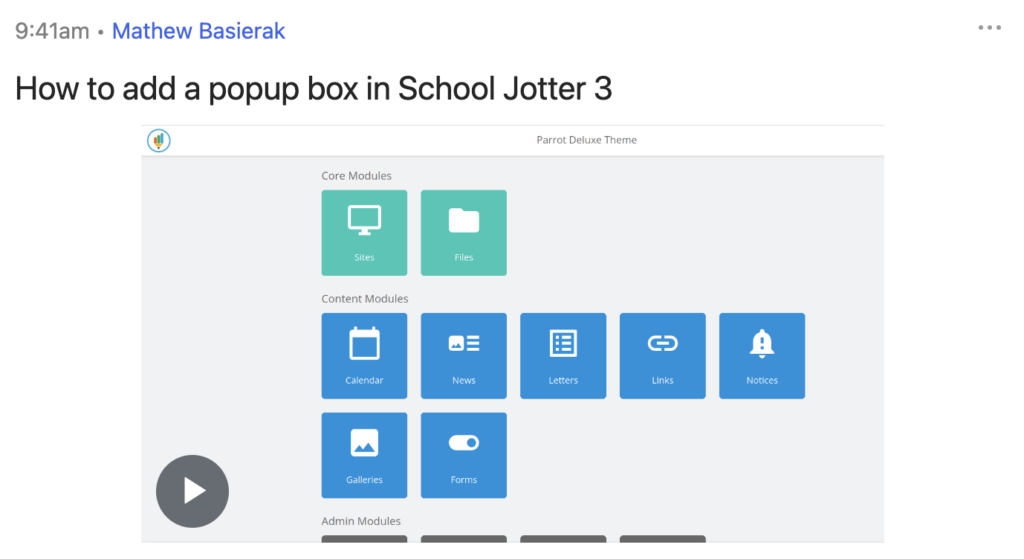
These are just a few examples of how Watch and Learn can be used for asynchronous video communication. If you’re looking for a way to reduce the number of meetings you have while still staying connected with your team, Watch and Learn is a great option.
One of the key advantages of asynchronous video communication, facilitated by platforms like Watch and Learn, is its ability to significantly reduce the number of video meetings. By signing up for a Watch and Learn account and utilizing the Watch and Learn screen recorder for Google Chrome, individuals can create and share videos in various ways. These videos can be posted on company-wide public timelines, allowing for broad dissemination of information without the need for synchronous meetings. Moreover, videos can be shared privately in chat conversations, enabling efficient one-on-one communication. Additionally, private groups provide a collaborative space where team members can share videos and engage in discussions asynchronously. Furthermore, Watch and Learn allows users to share videos with individuals outside the platform by simply sharing a link. This versatility in sharing videos eliminates the need for frequent video meetings, as information can be effectively conveyed and consumed at each recipient’s convenience.